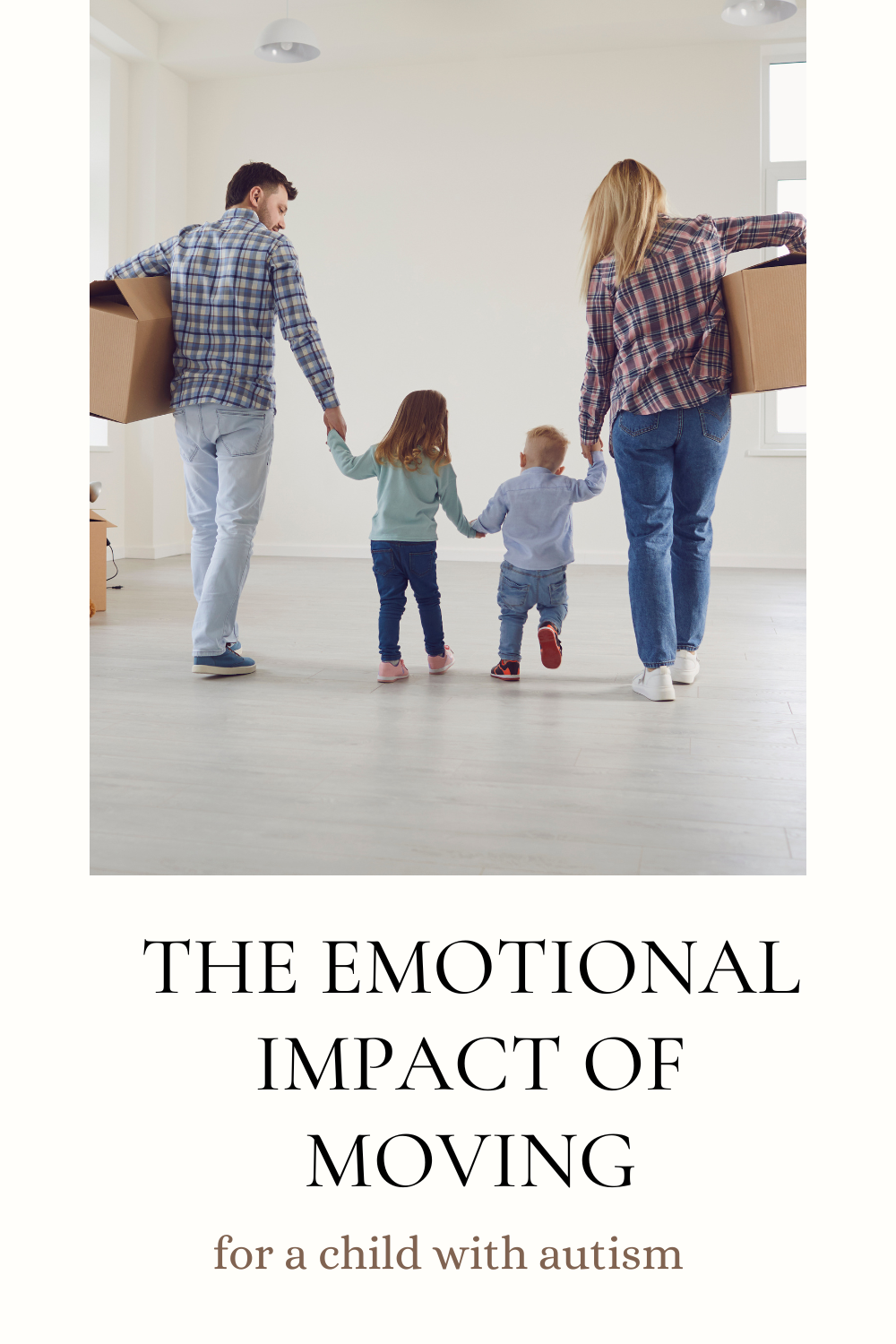No matter the positive reasons behind a move, it’s a challenging experience for everyone. You’ll all struggle to adapt to the new environment and adjust to the changes. For children with autism, these transitions are even more difficult. The emotional impact of a move for a child with autism, when not adequately addressed, is severe. Changes in routine and their home can create anxiety for the best of us, but especially for children with autism. They do not always have the social language to express their feelings and anxieties which compounds the stress.
Parents should learn how to prepare their children for the move. ABA Centers of Florida recommends thoroughly planning a move and involving your child’s care workers in the process. Doing this makes the process smoother and less stressful for you and the child. The child also adapts to the changes faster.
How Does a Move Affect a Child With Autism?
Children with autism thrive on routines as familiarity and order offer them comfort and stability. It means seeing the same people, going to the same places, and having a sense of structure. When a move is on the horizon, it causes anxiety and confusion. Even if the child understands the reasons, the unknowns may be overwhelming.
A move disrupts their routines, leading to confusion, fear, and distress. Children with autism may be unable to vocalize how they are feeling. Instead, they often act out in tantrums or become withdrawn and avoid social interactions.

How a Move Emotionally Impacts a Child With Autism (Image Credit Pexels)
Ways To Alleviate the Stress of Moving
All is not lost. Parents can use tried tactics to reduce the stress of a move for their child. They include:
-
Involve a Professional
Consulting an autism specialist or psychologist prepares the child for the move and reduces stress and anxiety. The ABA Centers of Florida specialist will advise on how best to handle the transition and offer resources to make a move easier. They’ll also spend time with the child, adequately preparing them.
Some strategies they may implement include visual schedules, social stories, and sensory tools. They’ll also recommend ways to make the new home feel more familiar such as furnishing the space like their old home or displaying photos and other memories.
-
Create a Sense of Control
Give the child some ownership over the move by helping them decide what items to keep and discard. You can also let them choose where to place their possessions in the new home, which room they want to sleep in, and even what color to paint the walls. The child will appreciate the sense of security and control from participating in the new activities.
-
Exploring the New Area in Advance
Plan a visit to the new location before actually moving in. Take the child on a tour of the area and introduce them to some of their new neighbors. Point out their new home, school, and local stores that you’ll visit often. This enables the child to acclimate to the new environment and feel comfortable. Photos or videos can also work if a tour is impossible.
-
Manage Your Stress Levels
When stressed or overwhelmed, your child will feel it too. Take care of yourself and prioritize your needs. Use breaks to de-stress and focus on relaxation exercises as needed. Additionally, get as much help as possible. It will lighten your workload, leaving you enough time to relax or reconnect with the child after the experience.

Photo by cottonbro from Pexels
Take It Slow
Moving is a big adjustment for everyone, especially for children with autism. Give them time and love to get used to their new surroundings. Expect that your child may need to regress; give them the compassion they need during this challenging transition. Spend more time with them and be understanding when they’re struggling.
I hope that by following these suggestions, your move will go smoothly and the emotional impact of the move will not be as severe.



